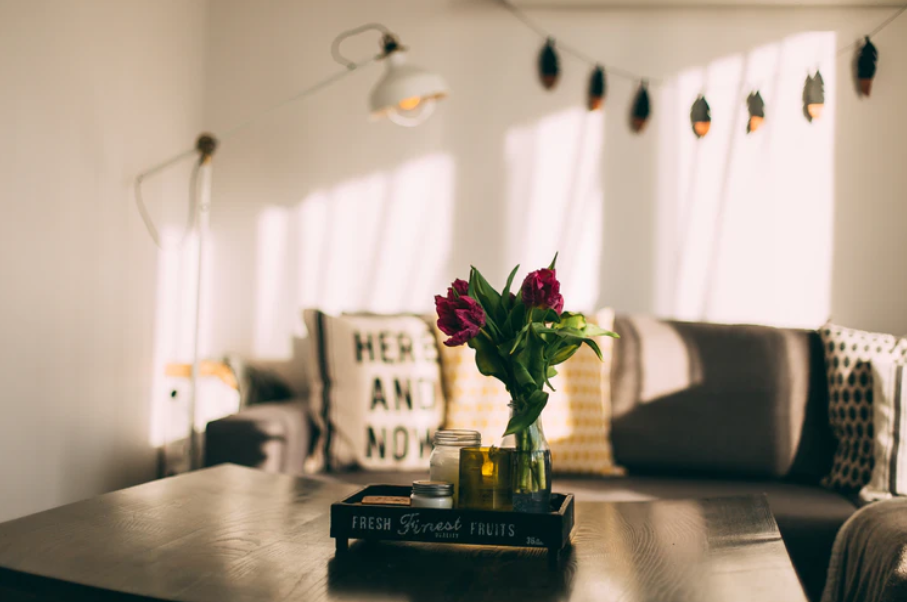A bright overhead light would not be appropriate for a small dinner party or even a single lamp lighting the space you are working on a project. Lighting design’s primary purpose is to bring different light levels into a room, also known as layers. An area that is only lit by direct light will feel dark and uninviting. Using the same lighting in the room will make the space appear uninviting and dull. Lighting is about creating drama and interest. These layers of light create the perfect ambiance. Learn more about lighting tips.
Outdoor lighting
 Outdoor living is becoming more popular. Therefore, outdoor lighting should be treated in the same way as indoor lighting. Outdoor lighting plans should include task, accent, and ambient lighting. Accent lights can be used for highlighting particular elements in your yard. In a spotlight, smaller trees make great focal points. More giant trees can reflect the light into your yard. Ground lighting adds drama to flowerbeds and creates a beautiful scene. Ground lights are also helpful for task lighting if you have the desire to garden at night.
Outdoor living is becoming more popular. Therefore, outdoor lighting should be treated in the same way as indoor lighting. Outdoor lighting plans should include task, accent, and ambient lighting. Accent lights can be used for highlighting particular elements in your yard. In a spotlight, smaller trees make great focal points. More giant trees can reflect the light into your yard. Ground lighting adds drama to flowerbeds and creates a beautiful scene. Ground lights are also helpful for task lighting if you have the desire to garden at night.
If you have a deck with built-in seating, downlights add the feeling of candlelight for an intimate scenario. It is essential not to make the space too bright. Instead, try to create a lighting scheme that resembles the moonlight. There are two options: solar lights that can be charged from sunlight or low-voltage lighting connected to your home’s electricity. Solar lights are typically less expensive, but they also don’t give off as much light. Although they are more costly and require more equipment, low-voltage lights offer significantly more light.
Designer Lighting
Designer lighting can also change the mood of a space, much like mood lighting. Designer lighting can change the style or personality of a room, just as mood lighting can alter the feeling of an area, such as from being energetic to romantic. A good example is the newly famous “man cave,” a room for the man of the house that’s typically filled with sports and drinking memorabilia, a huge TV, and perhaps a foosball table, pool table or dartboard. This room can be personalized with sports lamps or neon signs. Are you expecting a baby? Install colorful pendant lights made of gumdrops over the changing table and maybe a bunny lamp.
What about a nightlight? Perhaps a smiling moon. To keep your modern home’s style consistent, you can use the same lighting fixtures in a contemporary space. For example, a saucer bubble pendant lamp can be placed above the kitchen table or a curving monorail light system will be installed over your island. You want fixtures made from natural materials and geometric shapes. It’s not surprising that traditional-styled homes are preferred by those who prefer the opposite.
Holiday Decorative Lighting
 Lighting is a critical element of Christmas and holidays. With the proper lighting, you can create both an intimate and festive atmosphere. You can decorate your interior with bright accent lighting and festive lighting. String lights, lighted pine garland, or strategically placed blinking elk can be used as accent lighting. Designer lighting doesn’t need to be so specific. You can create a subtle, elegant look by replacing the brightly colored strands with white lights. Accents like candles, lanterns, and luminaries are also a good idea. For a sparkling, shimmering effect, you can add metallic objects to your candles and lights.
Lighting is a critical element of Christmas and holidays. With the proper lighting, you can create both an intimate and festive atmosphere. You can decorate your interior with bright accent lighting and festive lighting. String lights, lighted pine garland, or strategically placed blinking elk can be used as accent lighting. Designer lighting doesn’t need to be so specific. You can create a subtle, elegant look by replacing the brightly colored strands with white lights. Accents like candles, lanterns, and luminaries are also a good idea. For a sparkling, shimmering effect, you can add metallic objects to your candles and lights.
